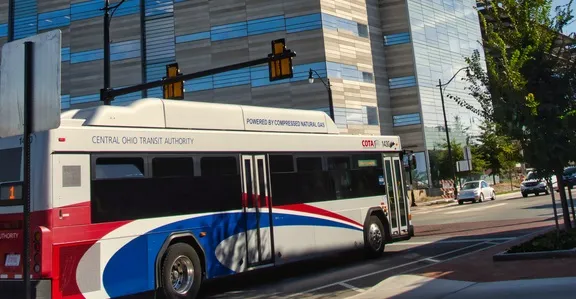According to the
"Promoting motorists' safety is our most important responsibility," said Sharon Hawkins, mapping section dead, planning and research division, AHTD. "I/Incident analyst allows AHTD to unlock the real-world information contained within our volumes of data, and literally create a picture of the situation on our roadways. Armed with this detailed information, we can easily determine the most dangerous places in the system, take action to improve the driving environment for the public and continually evaluate the efficacy of our initiatives. We expect the project with I/Incident Analyst to save lives and have a very positive impact on everyone who travels Arkansas roads."
Intergraph's I/Incident Analyst provides an intuitive, user-friendly environment for analyzing incident activities, allowing agencies to make well-informed decisions and effectively deploy resources. Already a popular product among public safety and security agencies, I/Incident Analyst also lends itself well to the improvement of public safety in transportation systems, making it an effective tool for transportation departments, transit agencies and rail authorities.
After this initial project focusing on rural roads, AHTD plans to expand use of I/Incident Analyst to other divisions of the highway department.









